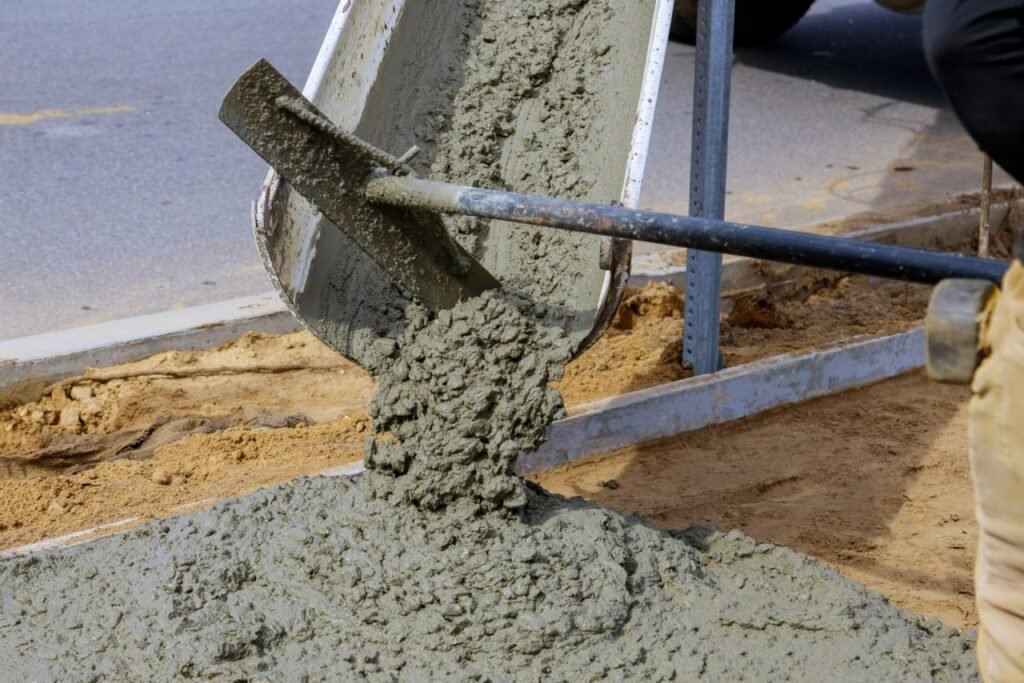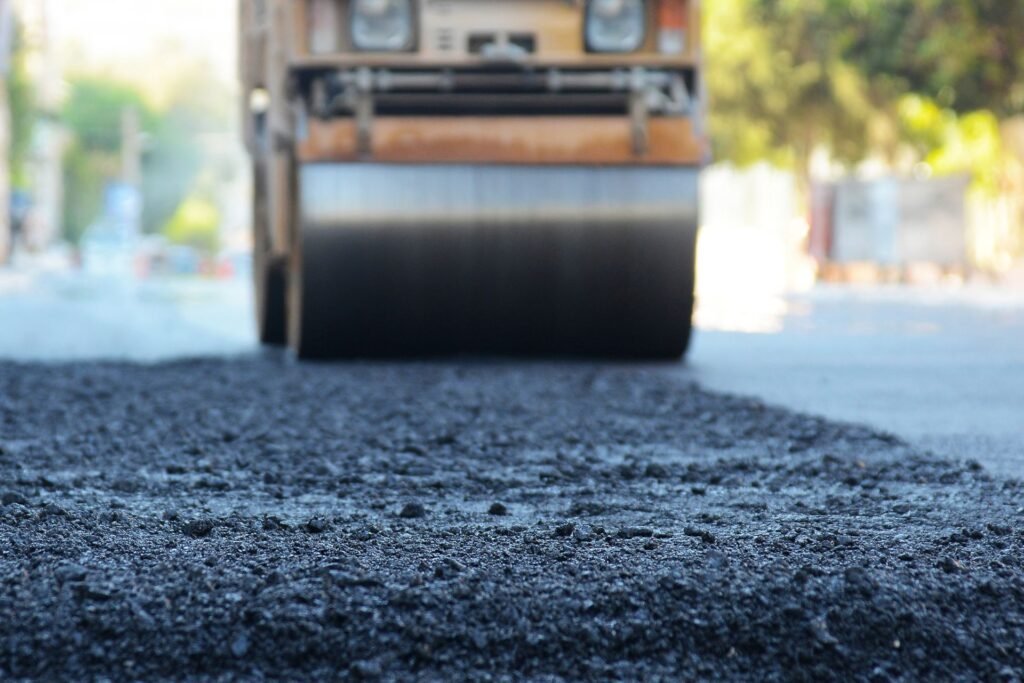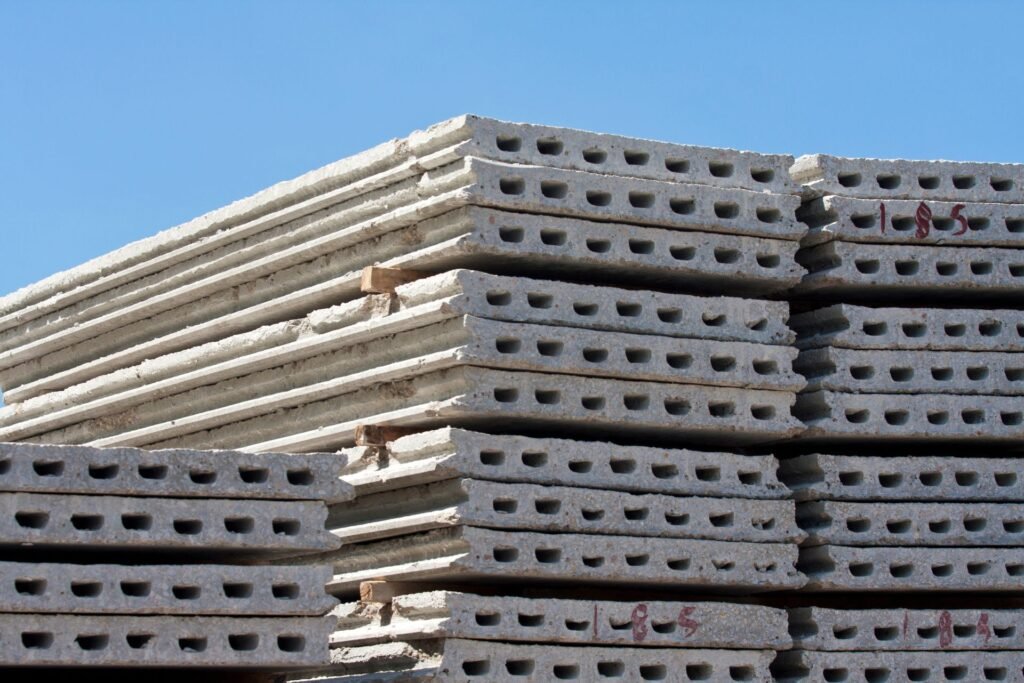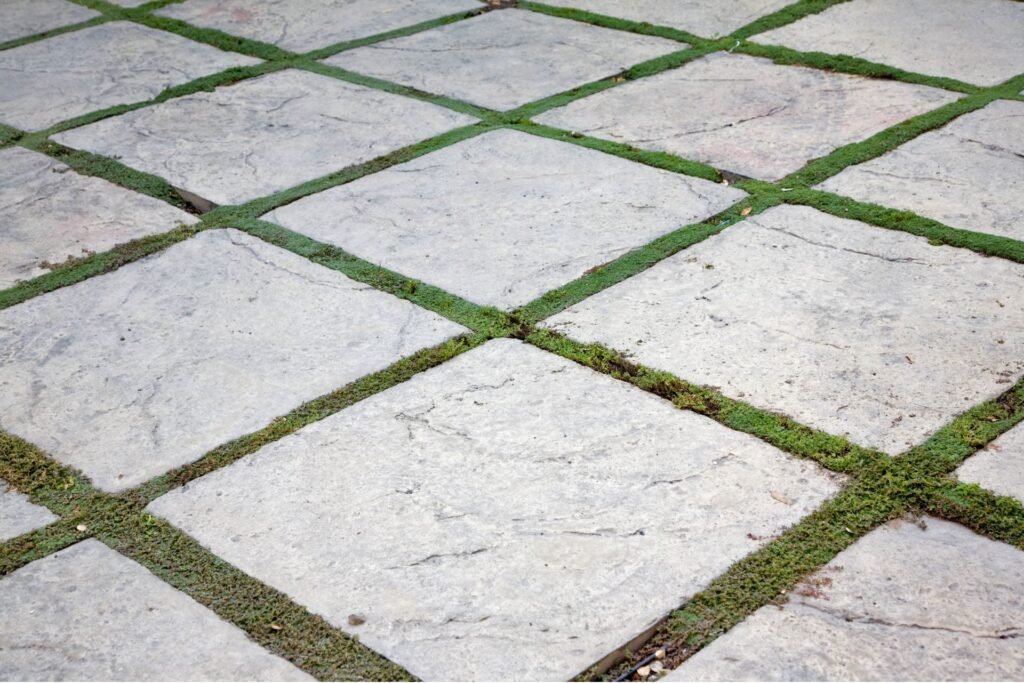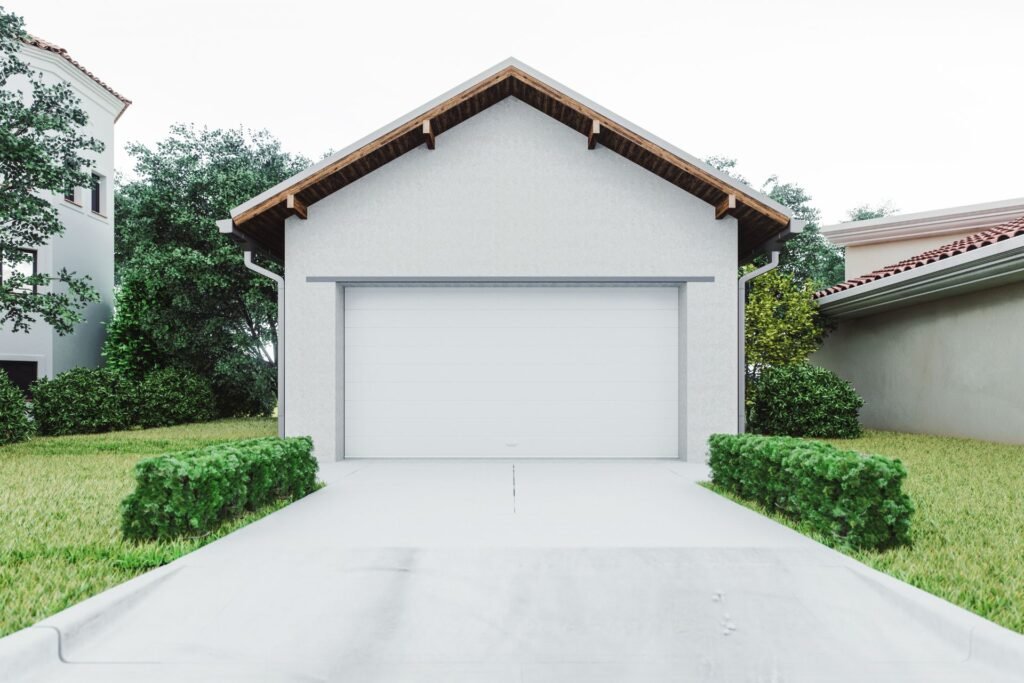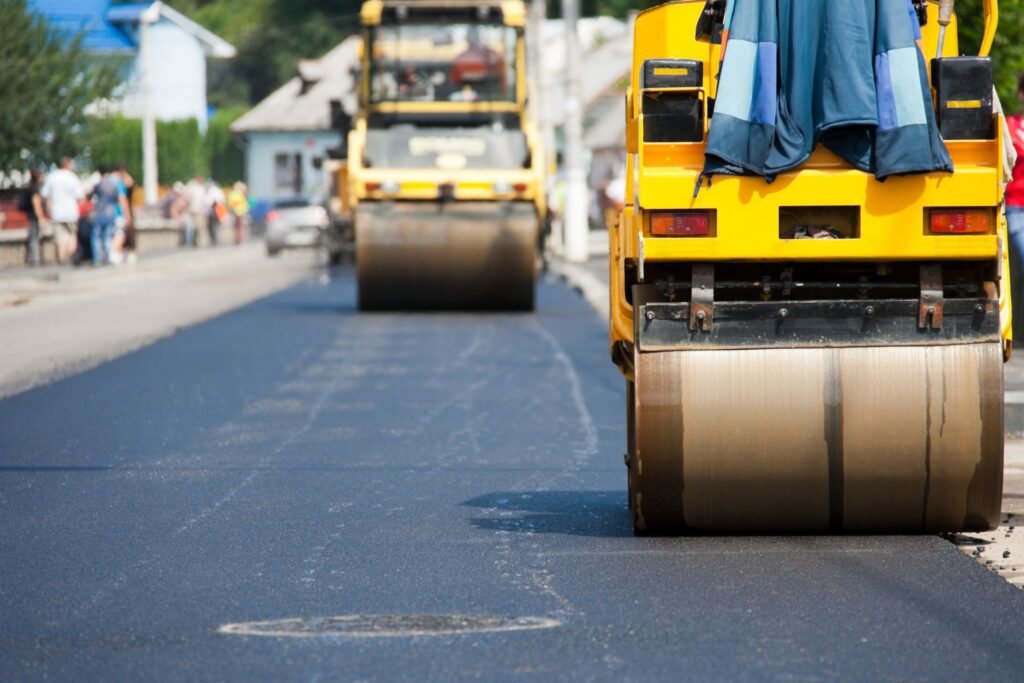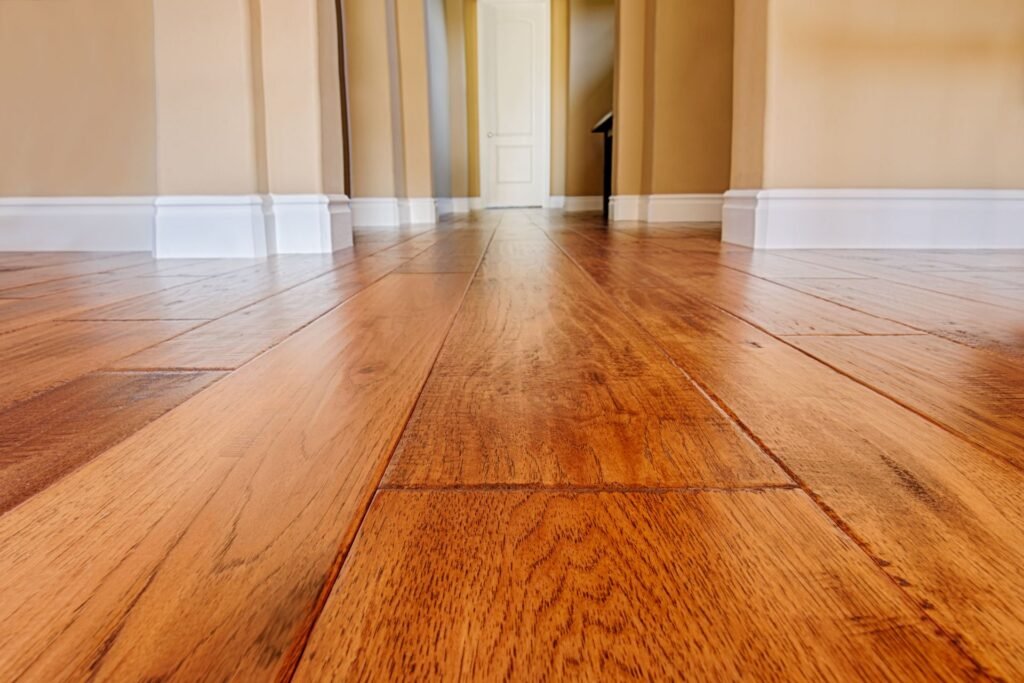Welcome to our comprehensive guide on concrete curing! Whether you’re a seasoned contractor or a DIY enthusiast, understanding the importance of proper concrete curing techniques is crucial for ensuring the longevity and durability of your projects. In this article, we will explore the often-asked question, “Should I cover concrete after pouring?” and delve into the essential steps you need to take to maintain moisture levels, control temperature, and avoid common mistakes. By the end of this guide, you’ll have a clear understanding of why covering concrete is a key practice in achieving optimal results and how to effectively implement it in your next project.
Covering concrete after pouring is essential to maintain moisture levels, control temperature, and ensure proper curing. This process helps prevent cracks and enhances the strength and durability of the concrete. Common methods include using plastic sheeting, wet burlap, or curing compounds to keep the surface moist and protected from external elements. Properly covered concrete cures more effectively, resulting in a longer-lasting, higher-quality finish.
Table of Contents
Understanding Concrete Curing
What is Concrete Curing
Concrete curing is an essential process that involves maintaining adequate moisture, temperature, and time to allow the concrete to achieve its desired strength and durability. When concrete is first poured, it undergoes a chemical reaction known as hydration. This reaction is critical for the concrete to harden and gain strength. However, for hydration to occur properly, the concrete must be kept moist. Curing is the practice of managing these conditions to ensure that the concrete can develop its full potential.
Curing starts immediately after the concrete is placed and finished. During this phase, it’s crucial to prevent the evaporation of water from the concrete surface. This can be achieved through various methods such as covering the concrete with wet burlap, plastic sheeting, or using curing compounds. Proper curing ensures that the concrete does not lose moisture too quickly, which can lead to surface cracks and reduced strength.
Importance of Curing for Concrete Strength and Durability
The importance of curing cannot be overstated. Proper curing significantly impacts the final strength of the concrete. When concrete is adequately cured, it can attain its designed compressive strength, making it more robust and capable of withstanding loads and stresses. Additionally, curing improves the concrete’s resistance to wear, weathering, and chemical attacks, thereby enhancing its durability and extending its lifespan.
Without proper curing, the concrete may not achieve its full strength. Insufficient curing can lead to a weak surface layer that is prone to cracking, scaling, and dusting. This compromises the structural integrity of the concrete and can result in costly repairs or replacements in the future.
The Role of Moisture in Curing
Moisture plays a pivotal role in the curing process. For the hydration reaction to proceed, the concrete must retain moisture. If the concrete dries out too quickly, the hydration process is interrupted, and the concrete does not reach its full strength. This is why maintaining adequate moisture levels during the initial curing period is crucial.
Methods to ensure proper moisture retention include continuously sprinkling water on the surface, using wet coverings, or applying chemical curing compounds that form a membrane to retain moisture. These techniques help to keep the concrete moist, promoting complete hydration and optimal strength development.
The Impact of Improper Curing on Concrete Quality
Improper curing can have detrimental effects on the quality of concrete. If the concrete dries too fast, it can lead to a variety of problems. One of the most common issues is surface cracking, which not only affects the appearance of the concrete but also its structural performance. Cracks can allow water and other harmful substances to penetrate the concrete, leading to further deterioration over time.
Another consequence of inadequate curing is a phenomenon known as surface scaling. This occurs when the top layer of the concrete peels away, exposing the rough, coarse aggregate beneath. Scaling is unsightly and can compromise the concrete’s durability and resistance to freeze-thaw cycles.
Understanding and implementing proper concrete curing practices are vital for ensuring the strength, durability, and longevity of concrete structures. By maintaining adequate moisture levels and preventing premature drying, the concrete can develop its full potential, resulting in a robust and long-lasting construction material. Proper curing is an investment in the future performance and reliability of any concrete project.
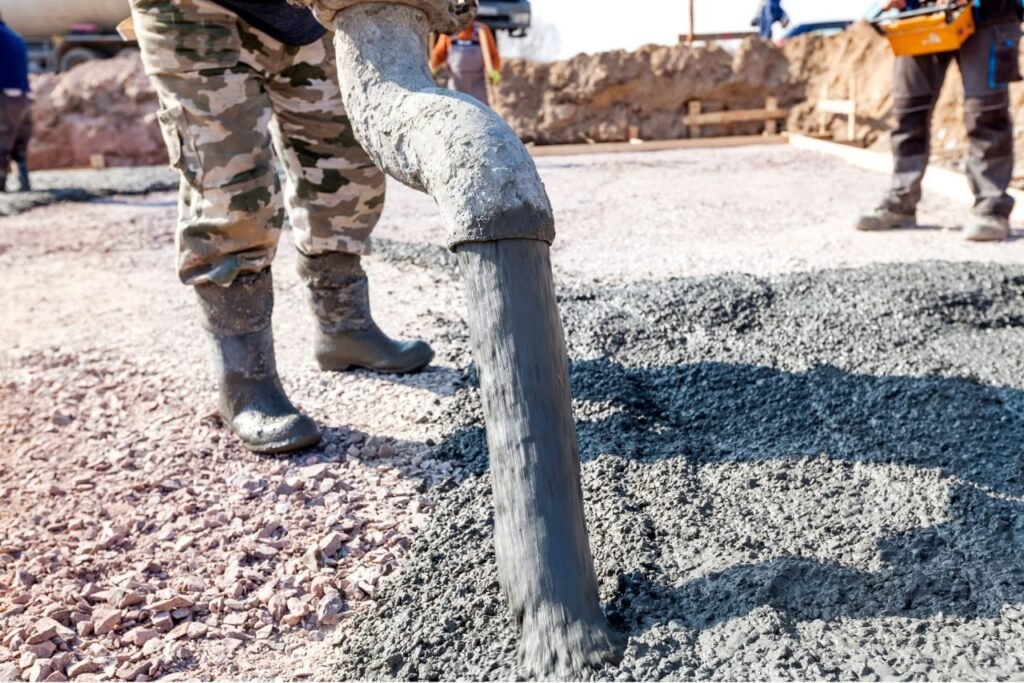
Why Covering Concrete Is Essential
Maintaining Moisture Levels
Covering concrete during the curing process is crucial for maintaining the necessary moisture levels. When concrete is poured, it undergoes a chemical reaction called hydration, where water reacts with cement to form a hard, solid structure. This reaction is essential for the strength and durability of the concrete. However, if the concrete loses too much moisture too quickly, it can lead to incomplete hydration. This incomplete process can weaken the concrete, making it more susceptible to cracks and structural failures.
For example, in hot and dry conditions, the surface of the concrete can dry out rapidly. This quick drying can cause surface cracks and lead to a weak, dusty surface. Covering the concrete with plastic sheets, wet burlap, or specialized curing blankets helps retain moisture, ensuring the concrete remains hydrated and cures properly. This practice prevents common issues such as shrinkage cracks, which can compromise the integrity of the concrete structure.
Temperature Control
In addition to maintaining moisture levels, covering concrete also plays a vital role in controlling temperature. Concrete is sensitive to temperature fluctuations, especially during the curing phase. Extreme temperatures can have adverse effects on the curing process. For instance, if the concrete is exposed to very high temperatures, it can cause rapid evaporation of moisture, leading to a weaker final product. On the other hand, extremely low temperatures can slow down the chemical reaction, delaying the curing process and potentially leading to freeze-thaw damage.
Covering concrete helps moderate these temperature extremes. In hot weather, coverings can provide shade and reduce the temperature of the concrete surface, preventing rapid moisture loss and excessive drying. In cold weather, coverings can help insulate the concrete, maintaining a more stable temperature and protecting it from freezing conditions. This temperature control is essential for ensuring the concrete cures uniformly and achieves its intended strength and durability.
By understanding the importance of covering concrete to maintain moisture levels and control temperature, you can ensure your concrete projects are durable, strong, and long-lasting. Proper curing practices lead to better results, preventing common issues and enhancing the overall quality of the concrete structure.
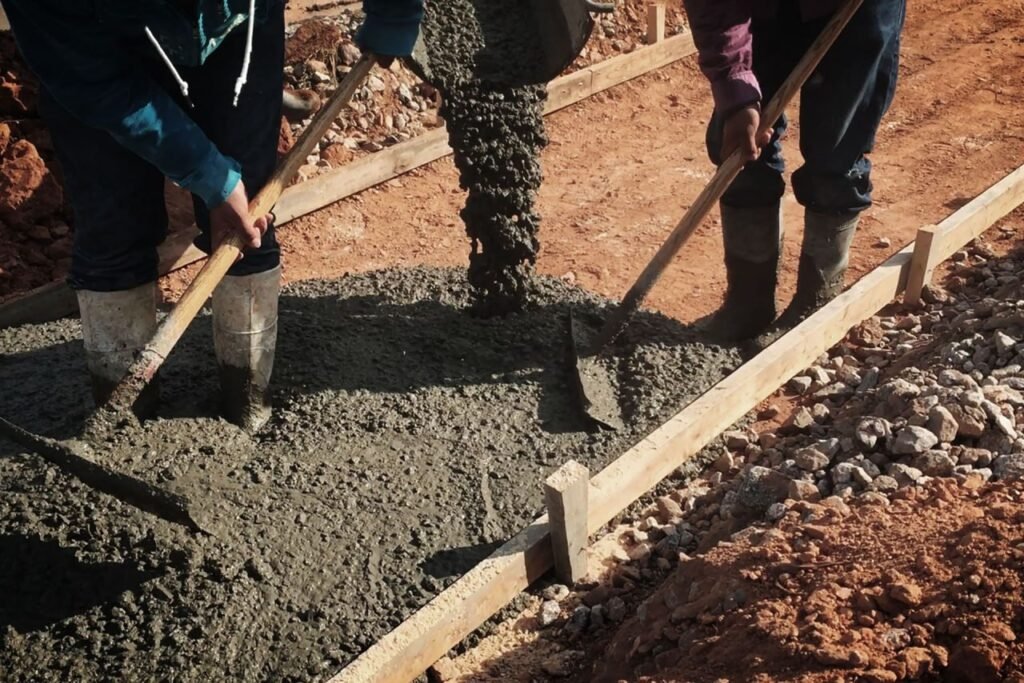
Methods Of Covering Concrete
When it comes to covering concrete, selecting the right method is crucial for ensuring proper curing and optimal durability. Here, we’ll explore three common methods: plastic sheeting, wet burlap or fabric, and spray-on curing compounds. Each method has its unique benefits and drawbacks, along with best practices for effective application.
Plastic Sheeting
Benefits and Drawbacks
Plastic sheeting is a popular choice due to its effectiveness and ease of use. One of the primary benefits of using plastic sheeting is its ability to create a moisture-retaining barrier, which is essential for proper concrete curing. This method helps prevent water from evaporating too quickly, which can lead to cracking and surface weaknesses.
However, plastic sheeting also has some drawbacks. If not properly secured, it can be easily displaced by wind or foot traffic, leading to uneven curing. Additionally, plastic can create a greenhouse effect, causing the temperature under the sheeting to rise, which might not be ideal in extremely hot climates.
Best Practices for Using Plastic Sheeting
To maximize the benefits of plastic sheeting, follow these best practices:
1. Secure Edges: Ensure all edges of the plastic sheeting are tightly secured to prevent wind from lifting it. You can use weights or stakes to hold it in place.
2. Overlap Sheets: If covering a large area, overlap the sheets by at least 6 inches to ensure complete coverage and prevent gaps.
3. Monitor Temperature: In hot weather, consider using white or reflective plastic to reduce heat buildup under the sheeting.
Wet Burlap or Fabric
How to Use Wet Burlap Effectively
Wet burlap or fabric is another traditional method for covering concrete, especially in conditions where maintaining moisture is critical. This method involves laying wet burlap or fabric over the concrete surface, which helps to keep it moist and promotes even curing.
To use wet burlap effectively:
1. Pre-soak Burlap: Thoroughly soak the burlap or fabric in water before placing it on the concrete.
2. Regularly Re-wet: Keep the burlap continuously wet throughout the curing process to maintain moisture levels. This might require frequent re-wetting, especially in hot or dry conditions.
3. Even Coverage: Ensure the burlap covers the entire surface without leaving any exposed areas.
Advantages Over Other Methods
One of the main advantages of using wet burlap or fabric is its ability to provide consistent moisture without creating high temperatures, making it ideal for use in varying climates. Additionally, wet burlap can be easily applied and adjusted, allowing for flexible coverage of complex shapes and areas.
Spray-On Curing Compounds
Overview of Spray-On Compounds
Spray-on curing compounds offer a modern alternative to traditional covering methods. These compounds form a thin, protective film over the concrete surface, which helps retain moisture and promote proper curing. Available in various formulations, including water-based and solvent-based options, spray-on compounds are designed for easy application and effective results.
When and How to Use Them
Spray-on curing compounds are best used when quick and uniform application is required, particularly for large surface areas or complex shapes. They are also advantageous in situations where traditional covering methods might be impractical or labor-intensive.
To use spray-on curing compounds effectively:
1. Select the Right Product: Choose a curing compound that matches your specific needs and environmental conditions. Water-based compounds are often preferred for their eco-friendliness and ease of cleanup.
2. Apply Evenly: Use a sprayer to apply the compound evenly across the concrete surface immediately after finishing the concrete. Ensure complete coverage to avoid any untreated spots.
3. Follow Manufacturer Guidelines: Adhere to the manufacturer’s instructions regarding application rate, drying time, and any safety precautions.
By understanding the benefits, drawbacks, and best practices for each method of covering concrete, you can ensure a high-quality curing process that enhances the durability and longevity of your concrete projects.
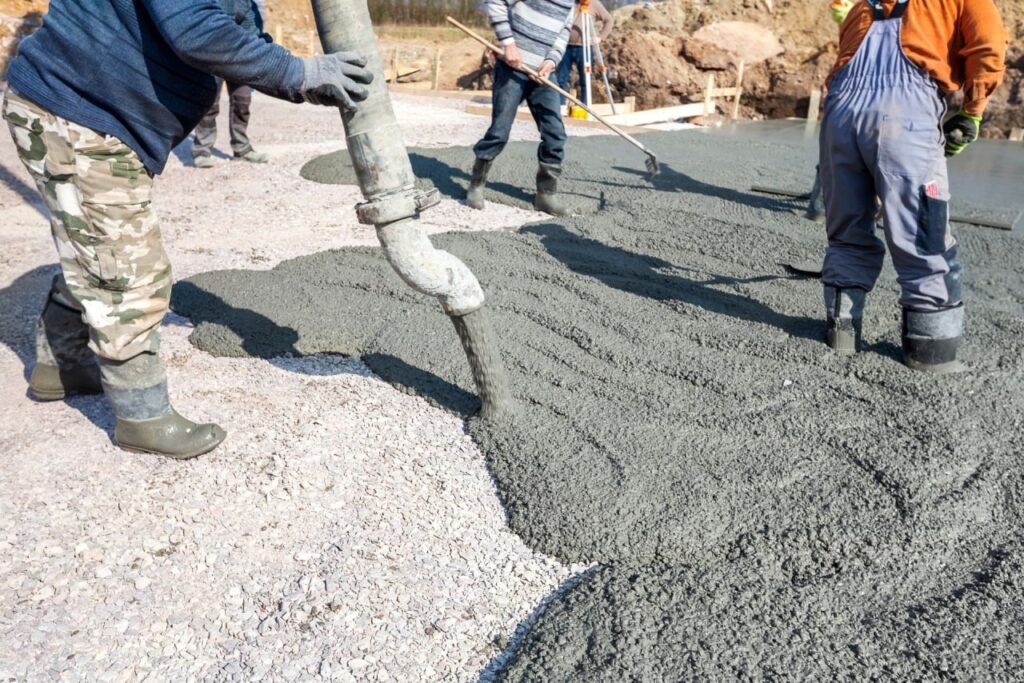
Alternative Curing Techniques
When it comes to ensuring the durability and strength of concrete, curing is an essential process. While traditional curing methods are widely used, alternative curing techniques can offer unique benefits for specific situations. Here, we’ll explore three alternative curing methods: water curing, curing blankets, and evaporation retarders. Each method has its own advantages and ideal use cases.
Water Curing
Description and Process
Water curing is one of the oldest and most effective methods of curing concrete. This technique involves keeping the concrete surface continuously wet to prevent moisture loss. The process can be carried out by ponding, where water accumulates on the surface, or by spraying or sprinkling water at regular intervals. Another method is using wet coverings such as burlap, cotton mats, or sand, which are kept wet continuously to maintain moisture.
Situations Where Water Curing is Preferred
Water curing is especially preferred in situations where
- The concrete structure is exposed to high temperatures or direct sunlight, which can cause rapid moisture loss.
- Large concrete surfaces, such as slabs and pavements, need to be cured.
- A high-quality finish and strength are required, as water curing ensures uniform hydration and minimizes cracking.
Water curing is ideal for projects where maintaining consistent moisture levels is crucial for the concrete’s long-term performance.
Curing Blankets
Benefits of Using Curing Blankets
Curing blankets is another effective method for curing concrete, particularly in environments where temperature control is essential. These blankets are made of insulated materials that help retain heat and moisture within the concrete. They come in various types, including thermal, insulated, and heated blankets.
The benefits of using curing blankets include
- Improved hydration and strength development, as they maintain a stable temperature and moisture level.
- Protection against rapid temperature fluctuations, which can cause thermal cracking.
- Convenience and ease of use, make them suitable for complex shapes and vertical surfaces.
Tips for Effective Use
To ensure effective use of curing blankets, follow these tips
- Ensure the blanket covers the entire surface and is securely fastened to prevent air gaps.
- Regularly check the moisture levels under the blanket and add water if necessary to maintain hydration.
- Use thermal blankets in cold weather conditions to prevent the concrete from freezing and to maintain optimal curing temperatures.
Curing blankets is particularly beneficial for projects in cold climates or where temperature control is challenging.
Evaporation Retarders
Explanation of How They Work
Evaporation retarders are chemical compounds applied to the surface of fresh concrete to reduce the rate of water evaporation. They form a thin film that slows down the evaporation process, allowing the concrete to retain moisture longer. This method is especially useful in conditions where wind, low humidity, or high temperatures can cause rapid drying.
When to Use Evaporation Retarders
Evaporation retarders are most effective in the following situations
- During hot and windy weather, rapid evaporation can lead to surface cracking and reduced strength.
- For large surface areas like slabs, where consistent moisture retention is difficult to achieve.
- When immediate protection is needed before other curing methods can be applied.
Using evaporation retarders can be a practical solution to prevent premature drying and ensure the concrete achieves its desired properties.
Alternative curing techniques such as water curing, curing blankets, and evaporation retarders offer versatile options for maintaining concrete moisture and temperature. Each method has its unique benefits and ideal use cases, making them valuable tools in ensuring the quality and durability of concrete structures. By selecting the appropriate curing method, you can optimize the curing process and achieve the best possible results for your concrete projects.
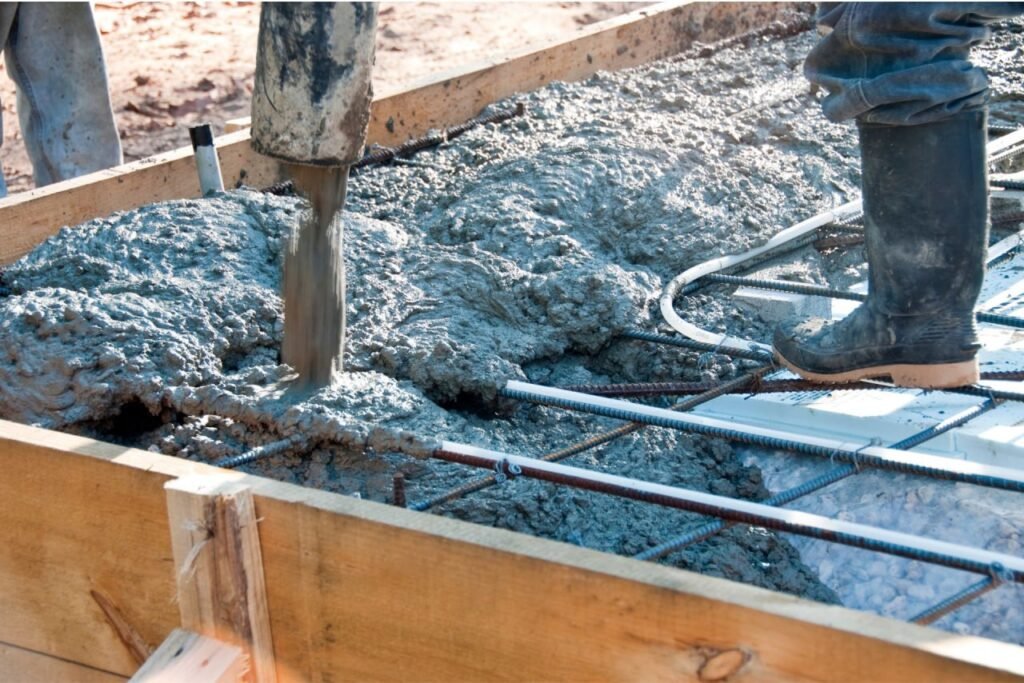
Common Mistakes To Avoid
When it comes to curing concrete, there are several common mistakes that can compromise the quality and longevity of the finished product. Avoiding these errors is crucial to ensure a strong, durable, and aesthetically pleasing concrete structure. Here are some key mistakes to watch out for.
Inadequate Coverage
One of the most frequent mistakes made during the concrete curing process is inadequate coverage. Properly covering the concrete is essential to retain moisture and ensure even curing. Failing to do so can lead to several negative consequences.
Consequences of Not Covering Concrete Properly
1. Surface Cracking: Without adequate moisture, the surface of the concrete can dry out too quickly, leading to cracks and a weak surface.
2. Reduced Strength: Improper curing can result in insufficient hydration, which significantly reduces the overall strength of the concrete.
3. Dusting: A poorly cured surface may start to dust, leading to maintenance issues and an unsightly appearance.
Tips to Ensure Full Coverage
1. Use Proper Materials: Employ suitable curing materials like plastic sheeting, wet burlap, or curing compounds to maintain moisture.
2. Monitor Coverage Regularly: Check the coverage frequently, especially in windy or hot conditions, to ensure the materials are in place and functioning correctly.
3. Maintain Moisture: If using wet burlap or similar materials, keep them consistently wet to prevent them from drawing moisture out of the concrete.
Premature Removal of Covers
Another common mistake is the premature removal of covers used during the curing process. Removing covers too early can expose the concrete to the elements before it has adequately cured, leading to several issues.
Risks of Removing Covers Too Early
1. Rapid Moisture Loss: Exposing the concrete too soon can lead to rapid evaporation of moisture, causing cracks and a weakened structure.
2. Incomplete Hydration: The concrete might not achieve its full strength if the curing process is interrupted too early.
3. Surface Defects: Early exposure can result in surface defects, such as scaling or crazing, affecting the concrete’s durability and appearance.
Recommended Curing Times for Different Conditions
1. Normal Conditions: Typically, concrete should be cured for at least 7 days in normal conditions. However, extending this period to 14 days can enhance strength and durability.
2. Hot Conditions: In hot weather, additional measures like more frequent wetting or longer curing periods may be necessary to compensate for faster moisture loss.
3. Cold Conditions: In colder climates, curing time might need to be extended, and special precautions such as insulated covers can help maintain the necessary temperature for proper curing.
Ignoring Weather Conditions
Weather plays a crucial role in the concrete curing process. Ignoring the prevailing weather conditions can significantly affect the quality of the finished product.
How Weather Affects Curing
1. Hot Weather: High temperatures can cause rapid evaporation of moisture, leading to surface cracks and reduced strength.
2. Cold Weather: Low temperatures can slow down the hydration process, resulting in delayed strength gain and potential freezing of the concrete, which can cause cracking.
3. Windy Conditions: Wind can increase the rate of evaporation, necessitating more frequent wetting or protective measures to maintain moisture levels.
Adjusting Curing Methods Based on Climate
1. Hot Weather Adjustments: Use evaporation retardants, shade the concrete, and apply water frequently to maintain adequate moisture levels.
2. Cold Weather Adjustments: Use heated enclosures, insulating blankets, or admixtures to prevent the concrete from freezing and to maintain the necessary temperature for curing.
3. Windy Conditions Adjustments: Windbreaks can help reduce wind velocity over the concrete surface, and continuous moisture application can mitigate the effects of rapid drying.
By being aware of these common mistakes and taking the appropriate steps to avoid them, you can ensure that your concrete curing process results in a durable and high-quality finish. Proper curing is essential for achieving the full potential of concrete’s strength and longevity, making it a critical aspect of any construction project.
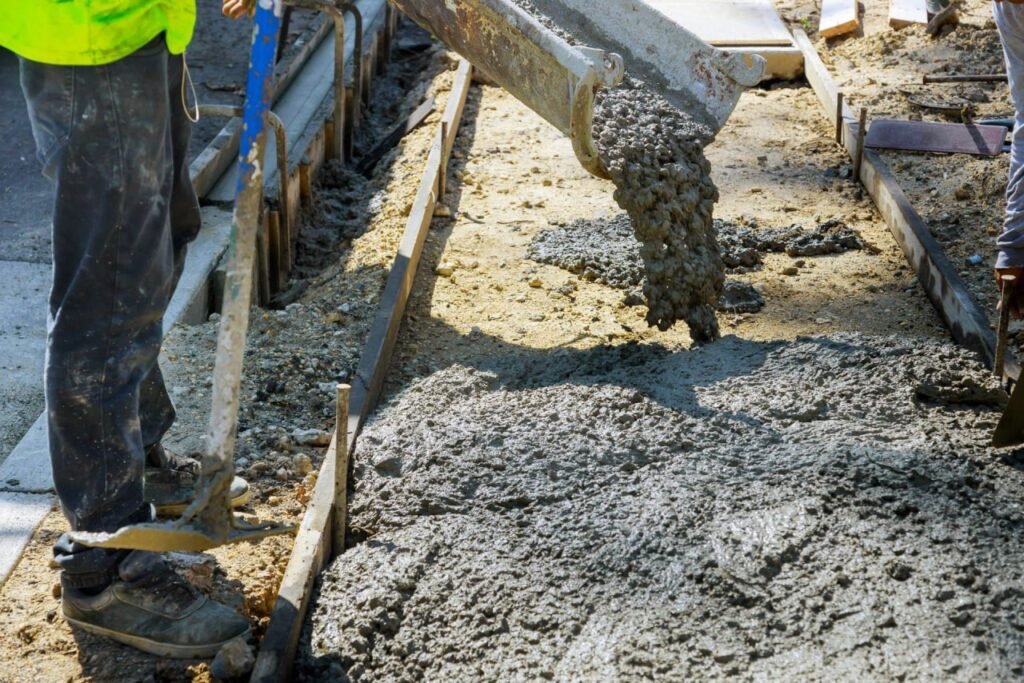
Practical Tips For Successful Concrete Curing
Concrete curing is a crucial process that ensures the durability and strength of the concrete. Here are some practical tips to ensure successful concrete curing.
Monitoring the Curing Process
Importance of Regular Checks
Regular monitoring of the curing process is essential to achieve optimal results. Consistent checks help in detecting any potential issues early, such as uneven curing or signs of cracking. By addressing these problems promptly, you can prevent further complications and ensure the concrete attains its full strength and durability.
Tools and Techniques for Monitoring
Several tools and techniques can assist in monitoring the curing process effectively. One common method is using hygrometers to measure the moisture levels within the concrete. Ensuring that the moisture content remains adequate is vital for proper curing. Additionally, infrared thermometers can help track the temperature of the concrete surface, which should be maintained within a specific range to prevent thermal cracking. Data loggers are also beneficial as they provide continuous monitoring and record temperature and humidity levels over time, offering valuable insights for adjusting curing methods if necessary.
Adjusting Curing Methods for Different Projects
Tailoring Techniques to Specific Project Needs
Different concrete projects may require unique curing methods to achieve the best results. Tailoring the curing techniques to suit the specific needs of each project is crucial for ensuring the quality and longevity of the concrete.
Examples of Adjustments for Various Types of Concrete Work
1. Residential Driveways
For residential driveways, it’s essential to consider the weather conditions. During hot weather, curing compounds or wet burlap can be used to retain moisture and prevent rapid drying. In contrast, during colder months, insulated blankets or heated enclosures might be necessary to maintain an optimal curing temperature.
2. Large Commercial Projects
Large commercial projects, such as office buildings or shopping centers, often require a combination of curing methods. This might include using curing membranes to control moisture loss and internal curing agents to enhance hydration throughout the concrete mix. Additionally, these projects might benefit from advanced curing technologies like self-curing concrete, which incorporates water-retaining materials to ensure even curing.
3. Bridge Decks
For bridge decks, where exposure to elements is a significant concern, a combination of wet curing and curing compounds can be used. Wet curing with water-soaked mats or continuous sprinkling helps maintain surface moisture while curing compounds provide a protective layer to reduce moisture evaporation.
4. Industrial Floors
Industrial floors, which often experience heavy traffic and loads, require robust curing methods. Using curing and sealing compounds can help enhance the concrete’s surface hardness and durability. Additionally, maintaining consistent environmental conditions, such as humidity and temperature, is crucial to prevent surface defects and ensure a smooth, hard-wearing finish.
By understanding the specific requirements of each project and applying the appropriate curing techniques, you can ensure the concrete develops the necessary properties for long-term performance and durability. Regular monitoring and adjusting curing methods as needed will help in achieving the best possible results for any concrete work.
These practical tips for successful concrete curing not only enhance the quality of the concrete but also contribute to the overall success of your construction projects.
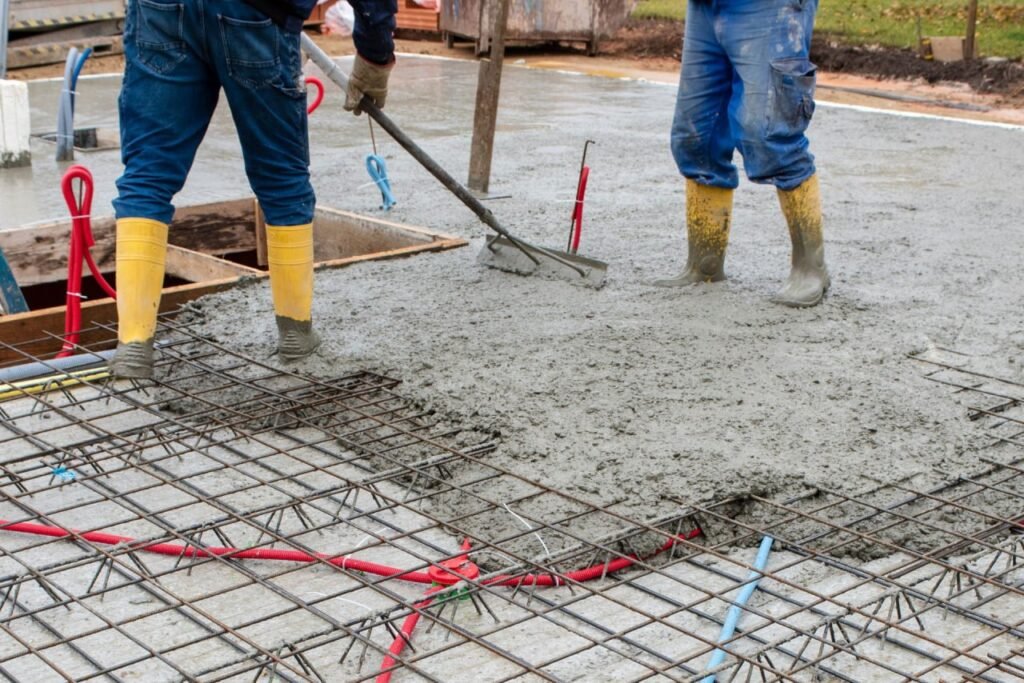
FAQs: About Should I Cover Concrete After Pouring
How long should I cover the concrete after pouring?
It’s recommended to cover concrete for at least 7 days after pouring. This period allows the concrete to retain moisture and cure properly, ensuring maximum strength and durability.
What materials can I use to cover concrete?
Common materials for covering concrete include plastic sheeting, wet burlap or fabric, and curing blankets. Each material helps maintain moisture and regulate temperature during the curing process.
Can I walk on concrete while it’s curing?
It’s best to avoid walking on freshly poured concrete for at least 24-48 hours. After this initial period, light foot traffic may be acceptable, but heavy loads should be avoided for the full curing period.
Why is moisture important during concrete curing?
Moisture is crucial because it allows the chemical reaction that strengthens the concrete to occur. Without adequate moisture, the concrete can dry too quickly, leading to cracks and weakened structural integrity.
What happens if I don’t cover my concrete?
If concrete is not covered, it can lose moisture too quickly, resulting in surface cracks, reduced strength, and potential long-term durability issues. Proper covering helps prevent these problems.
How does weather affect the curing process?
Weather plays a significant role in curing. Hot and dry conditions can cause rapid moisture loss, while cold temperatures can slow down the curing process. Adjusting curing methods based on weather conditions is essential for optimal results.
What are curing compounds, and how do they work?
Curing compounds are chemicals applied to the concrete surface to form a moisture-retaining barrier. They help prevent rapid moisture loss and are particularly useful in hot or windy conditions.
Can I use water curing for all concrete projects?
Water curing, which involves continuously applying water to the concrete surface, is effective but may not be practical for all projects. It’s best suited for large, exposed surfaces where consistent water application is feasible.
What are the signs of properly cured concrete?
Properly cured concrete will have a uniform appearance without cracks or discoloration. It will be strong, durable, and resistant to damage from weather and wear over time.
When is it safe to remove the covering from the concrete?
The covering can generally be removed after 7 days, but it’s important to monitor the concrete and ensure it has reached sufficient strength. In colder climates, longer curing times may be necessary. Always follow specific guidelines for your project and environmental conditions.
Conclusion
In conclusion, understanding the importance of covering concrete after pouring is crucial for ensuring a durable and high-quality finish. Proper curing practices, such as maintaining adequate moisture and temperature, significantly impact the strength and longevity of the concrete. By following best practices, like using curing blankets or plastic sheeting, you can prevent common issues such as cracking and surface damage. We encourage you to implement these tips in your next concrete project to achieve the best results.
About the Author:
Mike Veail is a recognized digital marketing expert with over 6 years of experience in helping tradespeople and small businesses thrive online. A former quantity surveyor, Mike combines deep industry knowledge with hands-on expertise in SEO and Google Ads. His marketing strategies are tailored to the specific needs of the trades sector, helping businesses increase visibility and generate more leads through proven, ethical methods.
Mike has successfully partnered with numerous companies, establishing a track record of delivering measurable results. His work has been featured across various platforms that showcase his expertise in lead generation and online marketing for the trades sector.
Learn more about Mike's experience and services at https://theleadguy.online or follow him on social media:

